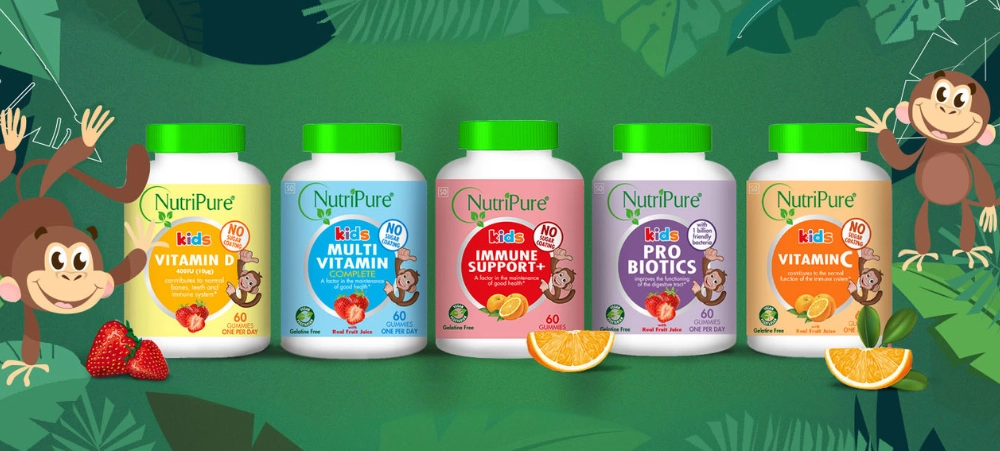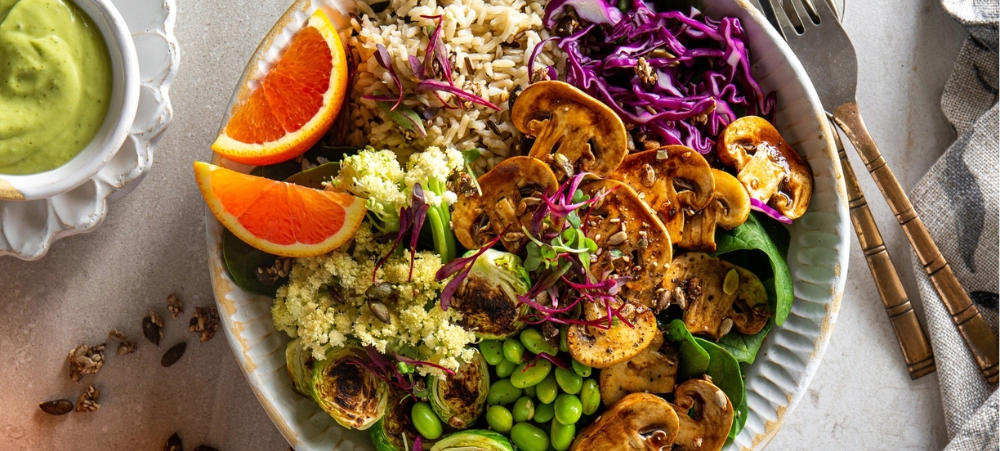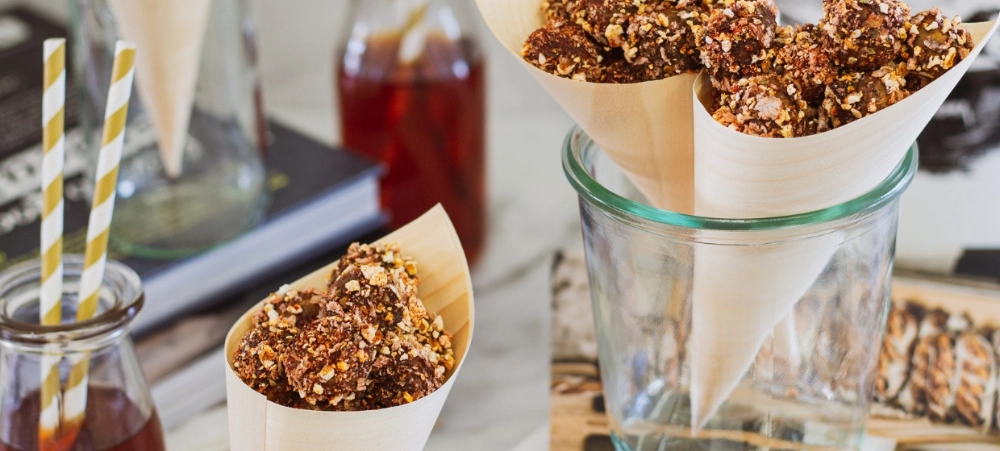As parents, we all want to ensure our children are getting the nutrients they need to grow strong, healthy, and happy. However, with busy schedules and picky eaters, it can be a challenge to provide the ideal balance of nutrients for optimal growth. The good news is that small, simple swaps in their daily meals can make a big difference in their health. By focusing on whole, nutrient-dense foods and making healthier choices, you can support your child’s growth and development. In this article, we’ll discuss easy, practical swaps that will boost your child’s nutrition and create a foundation for lifelong healthy eating habits. Why Nutrition Matters for Growing Kids Good nutrition is essential for children, not only for growth but also for brain development, immune function, and overall well-being. Proper nutrition supports everything from energy levels to concentration and even emotional health. Kids require a variety of vitamins, minerals, protein, healthy fats, and carbohydrates to fuel their active lives. Introducing balanced, nutritious meals can have a long-term impact on their overall health. Simple Swaps for a Healthier Diet Here are some easy, kid-friendly swaps that can enhance their nutrition while still keeping their meals delicious and satisfying: 1. Swap Sugary Cereals for Whole Grain Options Breakfast is an important meal, and it often sets the tone for the rest of the day. Many popular breakfast cereals are high in sugar and lack the nutrients your child needs. Instead of reaching for sugary cereals, try whole-grain options like oats, bran flakes, or whole-grain waffles. These options provide fiber, which aids in digestion, and essential vitamins that promote growth. You can add fresh fruit, nuts, or seeds to these whole-grain cereals to boost fiber and antioxidants. This simple swap will help keep your child full and energised until their next meal. 2. Swap Sugary Drinks for Water or Milk Soda and sugary fruit juices are loaded with empty calories and added sugars, which can contribute to obesity and other health problems. Instead of sugary drinks, encourage your child to drink water or low-fat milk. Water keeps them hydrated and supports their body’s functions, while milk provides essential calcium for strong bones and teeth. You can also try flavoured water with a splash of lemon or a few cucumber slices to add variety without extra sugar. If your child prefers smoothies, try making them at home with unsweetened yogurt, fresh fruits, and veggies for an added nutritional boost. 3. Swap White Bread for Whole Wheat or Whole Grain White bread is often stripped of its nutrients and fiber, while whole wheat or whole grain bread retains more vitamins, minerals, and fiber. By making this simple swap, you’re giving your child more sustained energy, as whole grains are digested slower and help maintain blood sugar levels. Whole wheat bread is also rich in B vitamins and iron, which are essential for growth and energy production. Try whole-grain wraps for sandwiches or use whole-wheat pizza dough for a fun family dinner. 4. Swap Fried Snacks for Baked Alternatives Many kids love crunchy snacks, but fried foods like chips or chicken nuggets are often high in unhealthy fats and calories. Instead of fried snacks, try baked alternatives that are lower in fat but still just as tasty. Baked sweet potato fries, air-fried chicken nuggets, or whole-grain crackers make a great swap. These options are packed with nutrients like fiber, vitamins, and minerals, and they can be seasoned with herbs and spices for added flavour. Another great option is roasting vegetables like carrots, zucchini, or cauliflower with olive oil and your favourite seasonings to make a crunchy, satisfying snack. 5. Swap Ice Cream for Yogurt Parfaits Desserts like ice cream are high in sugar and fat, and while occasional treats are okay, there are healthier ways to satisfy your child’s sweet tooth. Try swapping ice cream for homemade yogurt parfaits. Layer plain Greek yogurt with fresh fruit and a sprinkle of nuts, seeds, or granola. Greek yogurt is an excellent source of protein and probiotics, which are great for gut health, and the fruit adds natural sweetness and fiber. This swap allows you to control the ingredients, reduce added sugars, and add extra nutrients while still giving your child a fun, delicious treat. 6. Swap Processed Meat for Lean Protein Processed meats like hot dogs, sausages, and deli meats can be high in sodium and unhealthy fats. Instead, choose lean protein sources like chicken, turkey, fish, or tofu. These options are rich in essential nutrients such as protein, omega-3 fatty acids (in fish), and iron, all of which are crucial for growth and development. For sandwiches, try using lean turkey slices or even hummus and avocado for a nutritious, plant-based alternative. 7. Swap Candy for Fruit Snacks Candy and sugary sweets can contribute to tooth decay and an unhealthy diet. Swap out candy for naturally sweet fruits like berries, grapes, apple slices, or bananas. These fruits are packed with vitamins, minerals, and fiber, which support your child’s overall health. You can even freeze grapes or create fruit kabobs for a fun, kid-friendly snack. Additionally, offering dried fruit with no added sugar is another great alternative that can satisfy their sweet cravings while providing nutritional benefits. Conclusion Nutrition is key to supporting your child’s growth and development. By making small, simple swaps in their diet, you can help your child build healthy eating habits that will last a lifetime. Whole grains, fruits, vegetables, lean proteins, and healthy fats are all essential for their well-being. With these swaps, you can provide better nutrition, reduce unnecessary sugar, and still enjoy meals that your child loves. Sources:



































